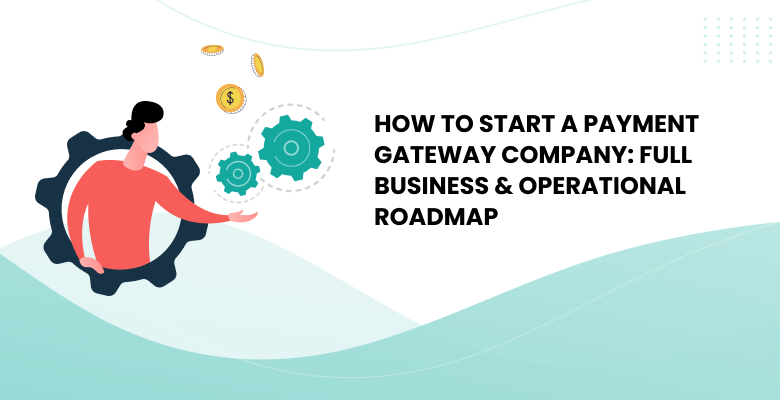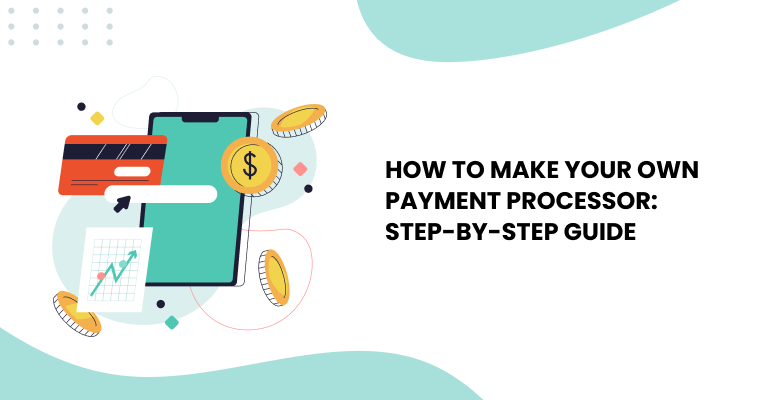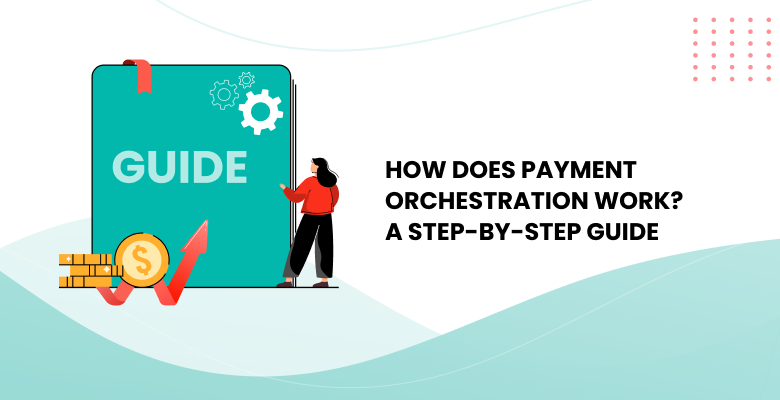The existing payment means are the most vital aspects that players should consider when it comes to betting online. Besides, punters need to deposit cash to their betting accounts to wage, and, hopefully, win large. If you are searching for a dependable and efficient casino deposit process, eNETS is the best and most effective option.
eNETS is an innovative payment platform that lets people in Southeast Asia complete digital payments via their bank account effortlessly and quickly. The payment platform connects the user’s bank account with their accounts. This allows them to make safe and seamless deposits.
The company targets all cashless transactions and provides efficient solutions to both offline and online entities. One of the advantages of this platform is that cash is credited directly to the user’s account. That’s different from other payment alternatives, such as PayPal.
The platform offers a seamless and expedient way to deposit cash. One doesn’t have to leave their home to make the deposit as they can do it anywhere, provided a stable internet connection. The system also has easy integration; their bilingual local client support will help you begin transacting with eNETS.
Benefits of Using eNETS
eNETS offers secure, fast, and reliable digital payment processing services. Being the leading payment processor, the service is accessible worldwide, and transaction authorization is completed within seconds.
The platform offers a secure connection between e-commerce or casino websites and banks to facilitate online payments. Clients are assured of complete integrity and security when using the platform.
The company achieves this by using 128-bit SSL (secure socket layer) verified by MasterCard secure card and visa. This protects both the merchant and consumer against tampering and fraud.
With eNETS debit, users can make digital payments effortlessly from their bank. They only require an online banking account with UOB, DBS, OCBC and Standard Chartered.
Additionally, eNETS supports mobile payments through credit cards. Whenever a client places an order on an e-commerce site, the payment details are securely moved to the system’s credit server.
So, check with your preferred bank and create an internet banking account. After successful account creation, you’ll be issued with an internet banking ID and PIN. This allows you to pay for services and goods online at no extra charge.
After getting the payment info, a transaction authorization is routed to the suitable bank and the card associations (Amex, VISA or MasterCard). The client’s issuing or credit card bank will then return the authorization to the eNETS platform. After getting the approval, eNETS will send a message to the merchant offering transaction status.
The payment procedure completes when the issuing bank transfers cash to the trader’s account.
How The Platform Works
- Create an eNets account
- Link an active bank account to the eNETS payment account
- When making payments, choose eNETS as a payment option
- Type in the login details
- Then, Confirm payment
Upon completing the above steps, the cash will be moved from your account to the merchant’s account.











